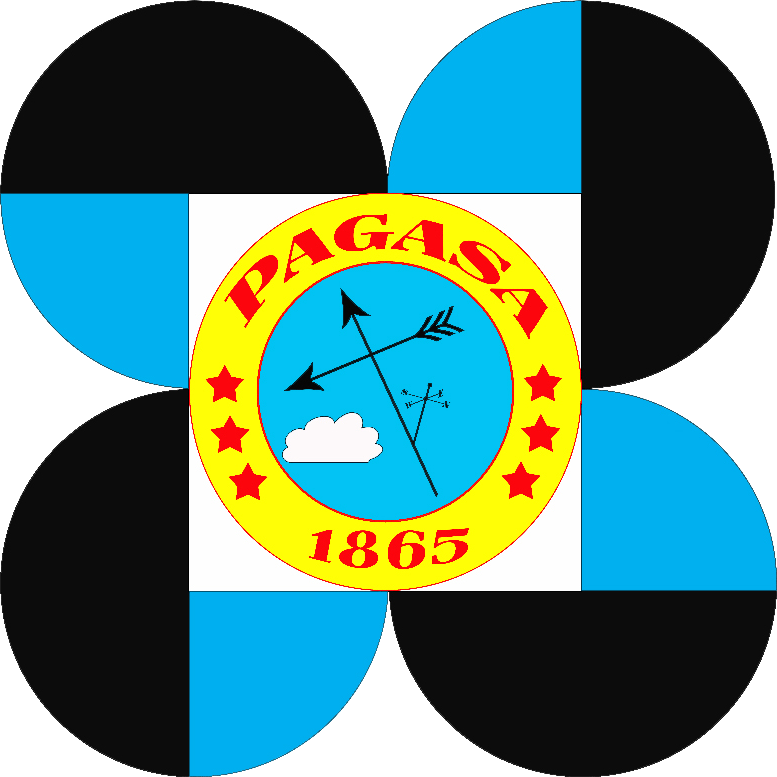Enhancing Risk Analysis Capabilities for Flood, Tropical Cyclone Severe Wind and Earthquake for Greater Metro Manila
The Greater Metro Manila Area (GMMA) is a global megacity that experiences some of the world's worst natural disasters, as a result of geological (e.g. earthquakes, volcanic eruptions and tsunamis) and hydrometeorological hazards (e.g. tropical cyclones and floods). As an affirmative step to implement the Hyogo Framework for Action, The Philippine Government has undertaken a program of hazard and risk analysis capacity building through a collaborative partnership among the National Disaster Risk Reduction & Management Council (NDRRMC) Collective Strengthening of Community Awareness for Natural Disasters (CSCAND), the Australian Government Department of Foreign Affairs and Trade (DFAT) and Geoscience Australia (GA). The activity was the Enhancing Risk Analysis Capacities for Flood, Tropical Cyclone Severe Wind and Earthquake for Greater Metro Manila Area, Philippines (GMMA RAP), and was part of the Metro Manila Post-Ketsana Recovery and Reconstruction Program.
Through the GMMA RAP collaboration, CSCAND and GA successfully:
- Acquired 1,311 km2 of high resolution digital elevation data acquired with LiDAR covering GMMA, including the Pasig-Marikina river basin and the shoreline of Manila Bay extending from Bulacan to Cavite;
- Developed an exposure database, which describes the 'elements at risk' from natural hazards, including buildings and population;
- Assessed the risk and impacts from flood, severe wind and earthquake in GMMA through undertaking the first multi-hazard risk assessment for megacity.
Flood modelling scenarios in the Pasig-Marikina River Basin highlighted that flooding can have very serious impacts on GMMA, beyond what has been experienced in recent disasters such as Tropical Storm Ondoy (Ketsana). In a hypothetical 1/200 AEP scenario, the deepest inundation (3+m) occurs along the Upper Marikina and San Juan Rivers, with almost 60 billion pesos in physical damage and over 2 million people with inundated homes.
Tropical cyclone severe wind modelling indicates that GMMA may suffer costly wind damages due to damaged structures (residential, commercial, industrial and critical facilities and other structures), with total costs in Greater Metro Manila of approximately PHP 77.61 Million/km² for the 0.2% AEP. The City of Mandaluyong has the highest expected economic loss amounting to PHP 163.87 Million/km², as it is densely built-up and has high proportions of vulnerable building types (makeshift (N), wood one-storey (W1), and concrete (C1) and pre-1972 building stocks).
Earthquake modelling in GMMA highlights the risk to the region from the Marikina Valley Fault System, and the West Valley Fault in particular, which runs directly beneath Manila. Two scenario earthquakes were modelled on the WVF, a M7.2 event (the estimated maximum size to could occur on this fault) and a M6.5 event (the most probable earthquake size). The modelled total number of casualties within GMMA from the Magnitude 7.2 scenario is over 37,000 fatalities and 605,000 injuries and the modelled total economic losses for GMMA from the Magnitude 7.2 scenario is almost 2.5 trillion pesos.
These outcomes together represent a significant leap forward in our understanding of natural disaster hazard and risk in GMMA, and will form a scientific basis that will influence policies and disaster mitigation measures in the region such as planning guidelines, land use planning, and risk insurance.

